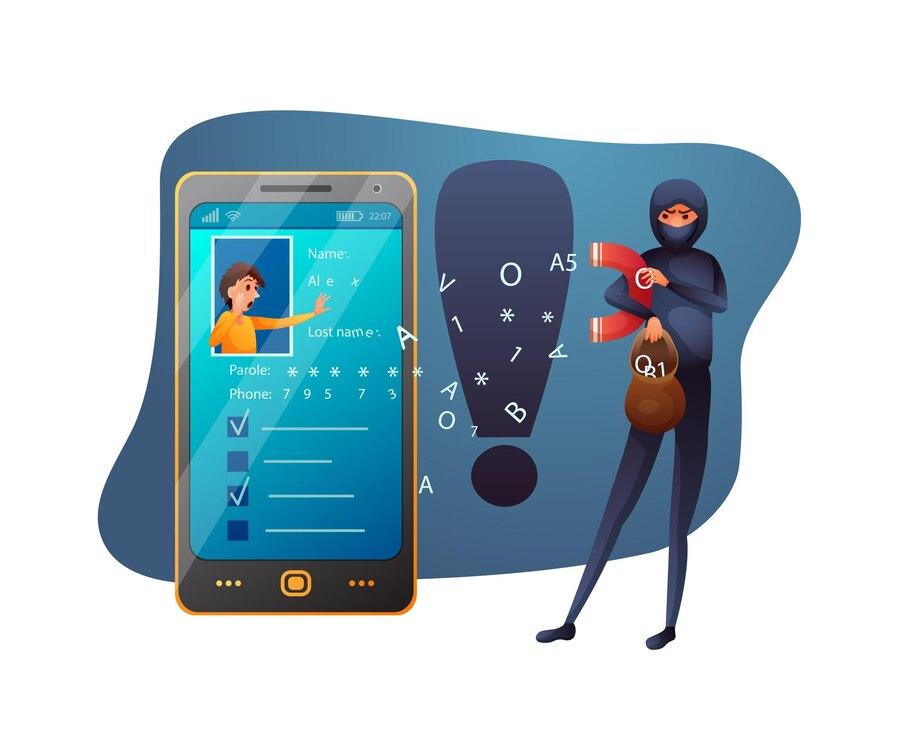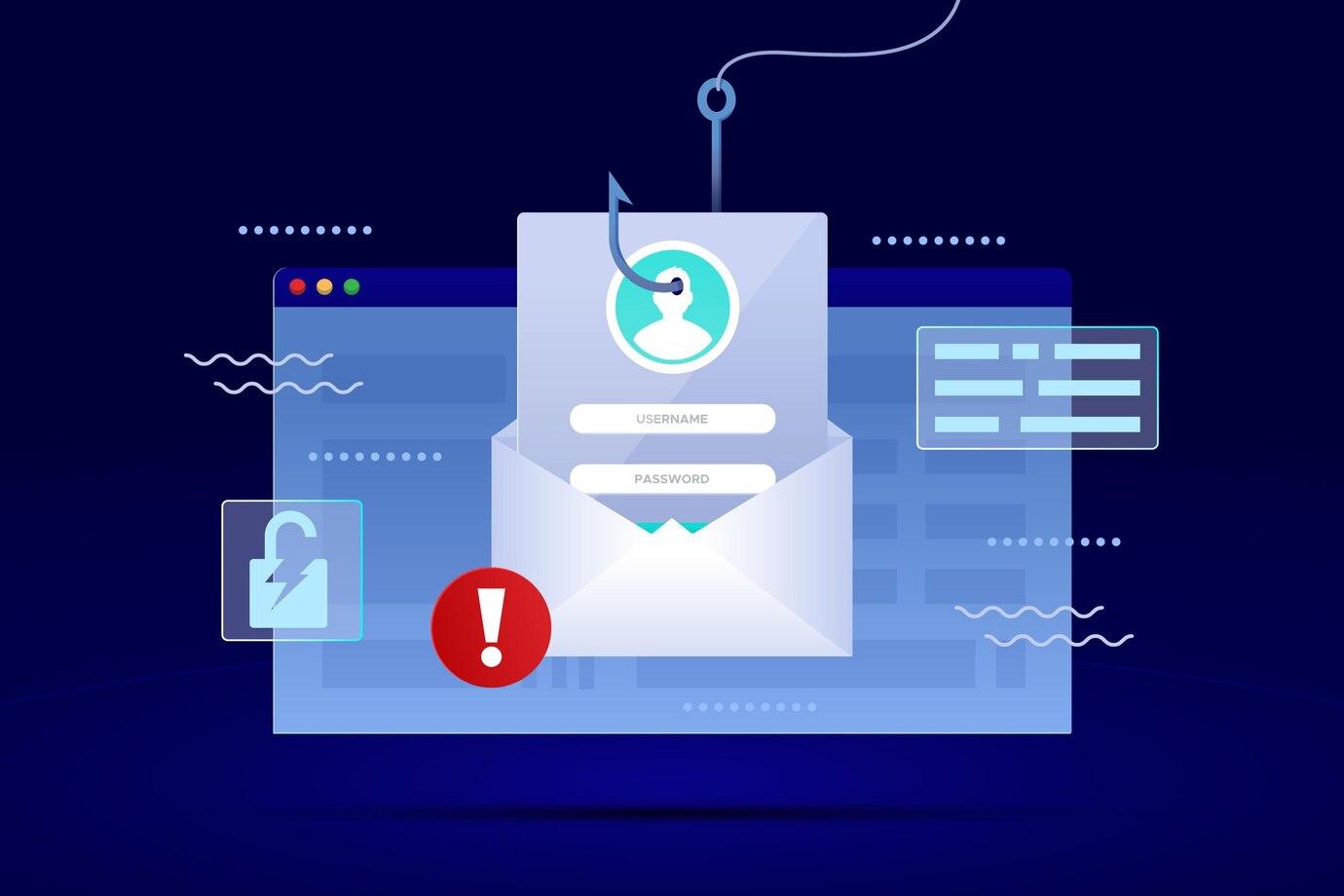Nowadays, social networks have become a big part of our daily lives. We stay connected with loved ones, share events and feelings, and conduct business. At the same time, the popularity of these platforms attracts the attention of cybercriminals. Social media account hacking is a serious threat, and it's important to be prepared to counteract it.
Account Hacking Mechanisms
Scammers use various methods to gain access to accounts. The most common ones include phishing, social engineering, and the use of malicious software.
Phishing
Phishing is one of the most common threats online. Attackers create fake websites that mimic real services and try to trick users into giving up their credentials. For example, you might receive a message resembling a notification from Instagram asking for data verification. The message will contain a link leading to a fake login page. By entering your details there, you risk giving them to scammers.
Phishing attacks can be carried out not only via email but also through messages in messengers, social networks, or SMS. It is necessary to be vigilant and always check the site's address before entering personal information.

Social Engineering
Social engineering is a method of psychological manipulation where scammers try to deceive a person to obtain the necessary information. For example, they might call you, posing as a support service employee, and ask for your login and password supposedly to solve a problem. Such attacks often rely on trust and gullibility.
Attackers may also gather information about you by analyzing your social media posts. If you regularly share personal details, such as your birth date, a relative's name, or the company where you work, scammers can use this information to hack your account.
Malicious Software
Malicious software is designed to gain unauthorized access to your data. Scammers use various methods to trick you into downloading and installing such software on your device. This could be fake updates, malicious links, or infected files attached to emails. Once the malware is installed on your device, the attacker gains access to your passwords, social media accounts, and other confidential information. Therefore, it is important to regularly use reliable antivirus programs and avoid downloading software from unverified sources.

Protecting Social Media Accounts
Creating strong passwords and applying additional security measures can significantly reduce the risk of account hacking.
Password strength plays a key role in protecting your account. Use a combination of letters, numbers, and special characters, creating a password of at least 12 characters. Avoid using obvious passwords like 123456 or your name and birth date.
It is also recommended to use different passwords for different accounts. If scammers gain access to one of them, it won't allow them to infiltrate your other profiles.
Many social networks, such as Facebook and Instagram, offer two-factor authentication. This feature adds an extra layer of security by requiring a code sent to your phone each time you log in from a new device. This means that even if someone gets your password, they won't be able to access your account without access to your phone.
Setting up two-factor authentication is a simple yet extremely effective solution for account protection.
Regularly check your account's security settings. Ensure that all available protection measures are activated and check which devices have access to your profile. If you notice unknown devices, remove access and change your password.
Also, be cautious of apps and services that require access to your social media account. Use only verified and reliable applications.

What to Do If Your Account Is Hacked
If you discover that your account has been hacked, it's essential to act quickly to restore it and protect your data.
Change Password
The first step is to change your password. If you still have access to the account, immediately change the password to a strong one. If access is lost, use the "Forgot Password" option and follow the on-screen instructions to regain access.
Report the Hack
After changing your password, it's important to report the hack to the social network's support. They can help you restore your account and may alert other users about the threat associated with your profile.
Notify Friends and Followers
Inform your friends and followers about the hack. This can help prevent further attacks, as scammers might send messages on your behalf, trying to access their personal data.
Check for Unknown Activities
After restoring the account, check for any unknown actions, such as posting messages or changing settings. If you notice anything suspicious, immediately report it to technical support.

The Importance of Raising User Awareness
Unfortunately, many users underestimate the threat of cybercrime and do not take adequate measures to protect their data. Spend time increasing your awareness of best cybersecurity practices. Training should cover both personal actions and work processes.
One way to raise awareness about cyber threats is through regular training on the methods scammers use. Learn about phishing schemes and how to protect against them. Stay informed about news and updates in the field of cybersecurity.
It is also recommended to discuss security issues with relatives and friends. The more people are aware of potential threats, the lower the chances of successful attacks.
If you run a company and use social networks to promote your business, it is important to provide training for employees. Training should include information on how to recognize phishing and other cyber threats, as well as how to respond correctly to incidents.
Social media account hacking is a serious threat that can affect each of us. However, by following simple security recommendations and staying vigilant, we can significantly reduce the risk and protect our data. Remember that awareness is a key element in combating cybercrime. Be vigilant and protect your accounts!
